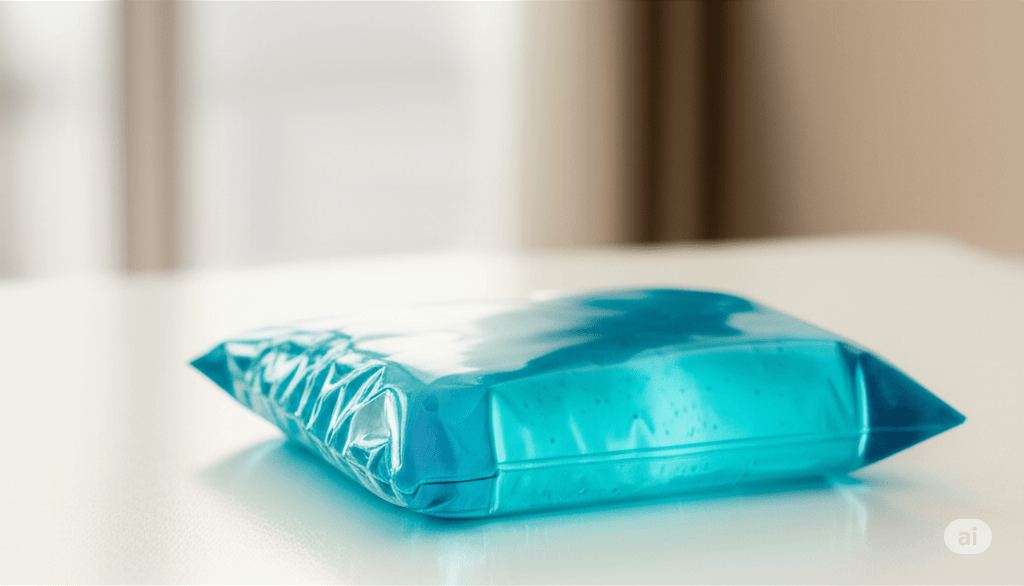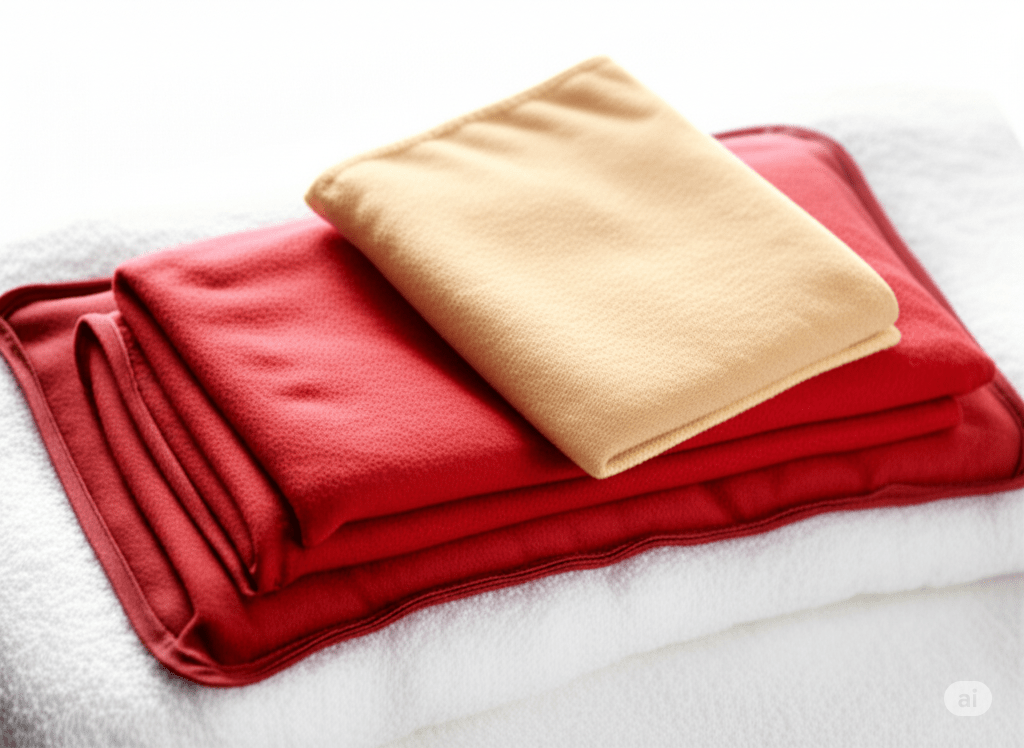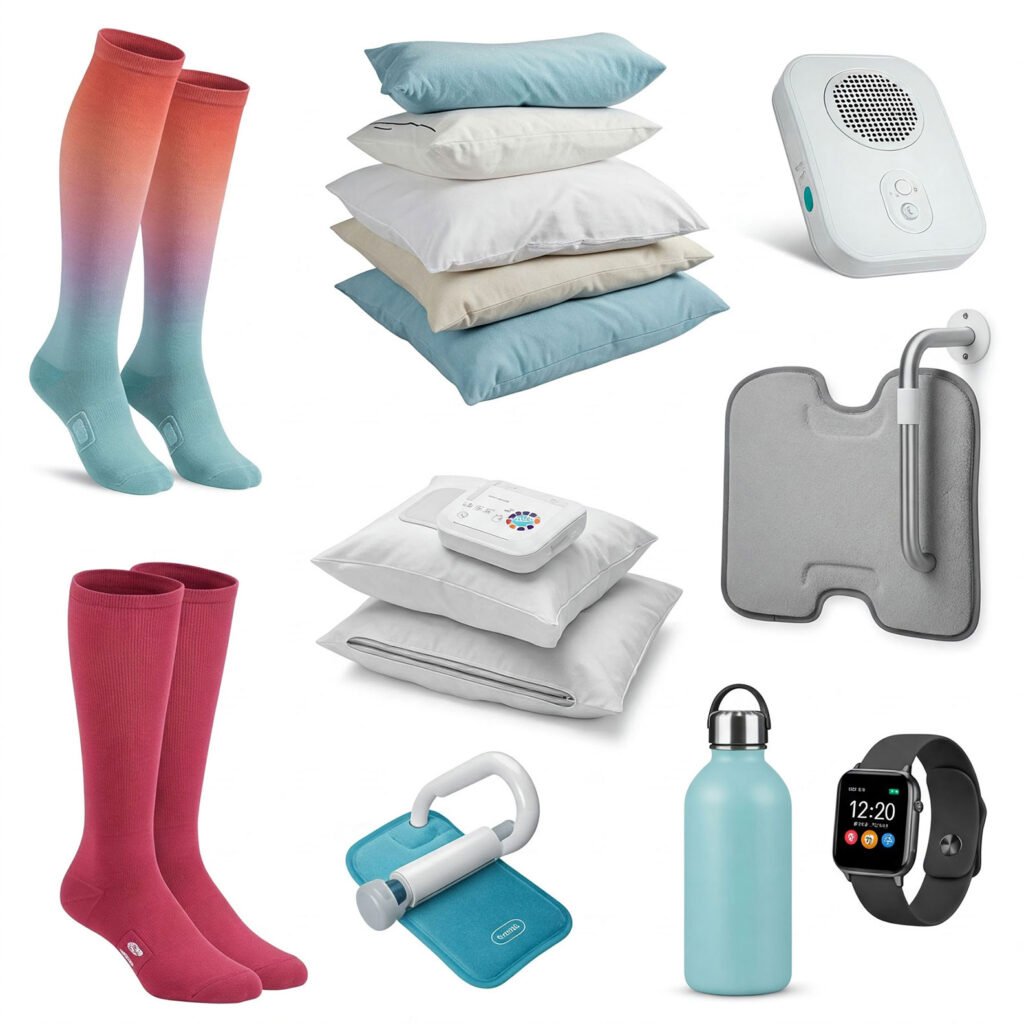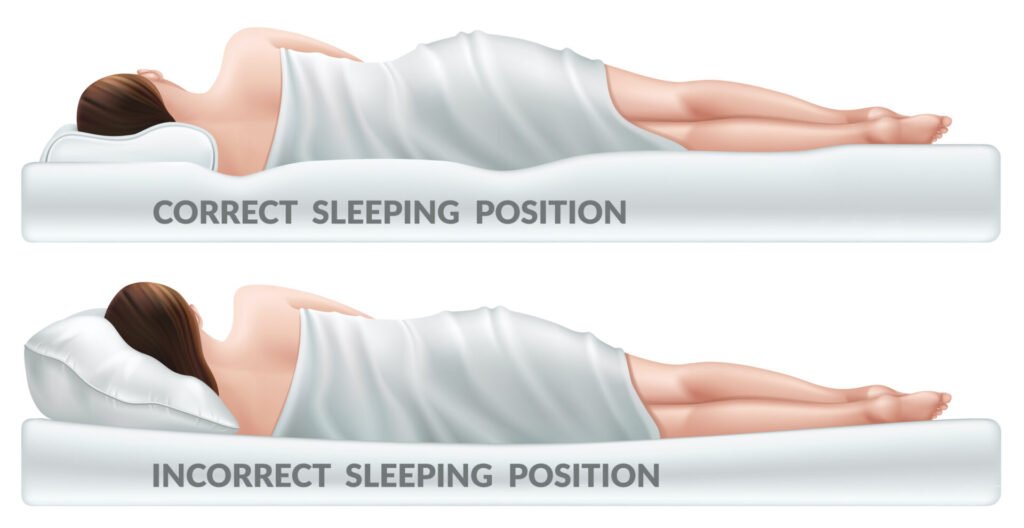Why Temperature Therapy Matters for POTS
Managing Postural Orthostatic Tachycardia Syndrome (POTS) requires a combination of Cold Packs and Heat Pads to alleviate symptoms and improve daily comfort. One often-overlooked yet effective approach is temperature therapy, using cold packs and heat pads to address specific autonomic challenges. Whether you struggle with circulation issues, muscle tension, or temperature regulation, incorporating cold and heat therapy can provide targeted relief and enhance symptom management.
Postural Orthostatic Tachycardia Syndrome (POTS) affects the autonomic nervous system, which regulates heart rate, blood pressure, circulation, and temperature control. Since autonomic dysfunction disrupts the body’s ability to maintain homeostasis, individuals with POTS frequently experience heat intolerance, cold sensitivity, and poor blood flow regulation—all of which can contribute to worsened symptoms.
Heat Intolerance in POTS
Many individuals with POTS struggle with heat intolerance, which can lead to overheating, excessive sweating, and an increased heart rate. Exposure to warm temperatures can trigger autonomic dysregulation, causing a spike in dizziness and fatigue. Applying cold therapy can help counteract these effects by cooling the skin, lowering core temperature, and reducing autonomic stress.
What is your biggest challenge with staying hydrated?
Cold Sensitivity in POTS
Conversely, some individuals experience cold sensitivity, where poor circulation leads to cold extremities, numbness, and difficulty retaining warmth. In colder environments, blood vessels may constrict excessively, leading to pain, stiffness, and discomfort. Using heat therapy, such as heating pads or heated blankets, can improve circulation, encourage vasodilation, and restore warmth to cold-prone areas.
How Temperature Therapy Supports Autonomic Balance
By alternating cold and heat therapy, individuals with POTS can assist their body in regulating temperature, improving blood circulation, and alleviating muscle stiffness. Applying cold packs to pulse points helps prevent overheating, while heat pads on extremities can restore warmth to poorly circulated areas. Temperature therapy is a non-invasive yet effective tool in managing daily symptom fluctuations and promoting overall comfort.

Benefits of Cold Therapy for POTS
Cold therapy offers targeted relief for individuals with Postural Orthostatic Tachycardia Syndrome (POTS) by constricting blood vessels, reducing inflammation, and improving circulation. Since autonomic dysfunction can cause temperature instability, swelling, and discomfort, cooling treatments can play a crucial role in symptom management.
Cooling the Body for Temperature Regulation
Many individuals with POTS struggle with heat intolerance, leading to excessive sweating, dizziness, and fatigue when exposed to warm environments. Because the autonomic nervous system fails to regulate temperature efficiently, the body may retain excess heat, further intensifying symptoms.
Applying a cold pack to pulse points—such as the neck, wrists, and chest—creates a cooling effect that lowers core body temperature, helping to restore comfort and prevent overheating-related dizziness. Cold therapy can also reduce autonomic stress, allowing the body to maintain a more stable temperature range during daily activities.
Reducing Inflammation and Muscle Tension
Individuals with POTS often experience muscle tightness, soreness, or swelling due to poor circulation and prolonged standing. Cold therapy helps relax tight muscles, minimize swelling, and reduce discomfort caused by autonomic dysfunction.
Applying a cold compress to joints, tense muscles, or swollen areas triggers vasoconstriction, which slows inflammatory responses and reduces fluid accumulation in affected tissues. This method is especially beneficial after long periods of standing, exercising, or experiencing flare-ups that worsen muscle fatigue.
Supporting Circulation
One of the biggest challenges individuals with POTS face is blood pooling, where circulation slows in the lower extremities, leading to dizziness, weakness, and fatigue upon standing. Cold therapy can stimulate vasoconstriction, improving blood flow efficiency and preventing excessive stagnation in the legs and feet.
Placing cold packs on the calves, feet, or thighs encourages vascular constriction, pushing blood back toward the heart, minimizing orthostatic intolerance, and reducing symptom severity throughout the day.

Benefits of Heat Therapy for POTS
Heat therapy is a powerful tool for individuals with Postural Orthostatic Tachycardia Syndrome (POTS), offering targeted symptom relief by expanding blood vessels, improving circulation, and reducing muscle stiffness. Since autonomic dysfunction can cause poor blood flow, muscle discomfort, and temperature instability, heat therapy can enhance mobility, ease pain, and help regulate body temperature effectively.
Promoting Blood Flow
One of the biggest challenges individuals with POTS face is circulatory inefficiency, where blood pools in the lower extremities, causing lightheadedness, dizziness, and fatigue. Heat therapy encourages vasodilation, widening blood vessels and improving oxygen-rich blood flow to areas affected by poor circulation.
Using heat pads on the lower back, thighs, or legs can help stimulate blood flow, preventing blood stagnation and promoting better cardiovascular stability. This approach is particularly beneficial in the morning, when symptoms of orthostatic intolerance tend to be more pronounced due to overnight circulatory shifts.
Easing Muscle Stiffness and Pain
Individuals with POTS often experience muscle tightness, tension, and discomfort, particularly after long periods of standing, sitting, or experiencing autonomic fluctuations. Since heat therapy increases blood circulation, it allows oxygen and nutrients to reach tight or sore muscles, promoting better recovery and flexibility.
Applying heat pads to the neck, shoulders, back, or calves helps reduce stiffness, improve mobility, and ease pain from prolonged inactivity. This effect is especially useful for individuals dealing with chronic muscle fatigue caused by poor blood circulation and autonomic dysfunction.
Managing Cold Sensitivity
Since temperature regulation is disrupted in POTS, some individuals struggle with cold intolerance, experiencing numbness, tingling, or excessive chills in the extremities due to restricted blood flow. Heat therapy provides consistent warmth, helping restore comfort and prevent symptom flare-ups.
Using a heated blanket, heating pad, or warm compress on cold-prone areas such as the hands, feet, and lower limbs can prevent vasoconstriction-related discomfort. This technique is particularly effective in colder weather, reducing temperature-related flare-ups and helping individuals maintain autonomic balance throughout the day.

How to Use Cold Packs and Heat Pads Safely
Using cold packs and heat pads effectively requires proper timing, temperature control, and awareness of potential skin sensitivity to avoid adverse effects. Whether you’re targeting circulation improvement, muscle relief, or temperature regulation, following safe usage guidelines ensures optimal results while minimizing risks.
Cold Therapy
Cold packs are best used for reducing inflammation, controlling heat intolerance, and preventing blood pooling. However, prolonged exposure can lead to skin irritation or excessive cooling, so they must be applied correctly.
- Use cold packs for 15–20 minutes at a time on targeted areas such as pulse points, legs, or swollen joints to regulate heat and reduce discomfort.
- Always wrap cold packs in a thin towel to prevent direct skin exposure, which can cause numbness or irritation.
- Avoid using cold therapy immediately before bed, as excessive cooling may disrupt comfort and lead to difficulty warming up later in the night.
Heat Therapy
Heat pads help improve circulation, ease muscle stiffness, and restore warmth for individuals with cold sensitivity due to autonomic dysfunction. Maintaining the right temperature is key to preventing burns or overstimulation of the nervous system.
- Apply heat pads for 20–30 minutes, ensuring a comfortable warmth that does not cause skin redness or irritation.
- Place heat sources on areas prone to stiffness, such as the lower back, thighs, or feet, to encourage vasodilation and blood flow.
- Avoid using high heat settings, as excessively hot pads may trigger autonomic discomfort rather than relief.
Alternating Temperature Therapy
Some individuals benefit from contrast therapy, which involves alternating between cold and heat applications to maximize circulatory benefits. This technique can stimulate blood flow, reduce swelling, and enhance autonomic regulation.
- Begin with cold therapy for 15 minutes, followed by heat therapy for 20 minutes to encourage circulatory adaptation.
- Use contrast therapy after physical activity or on days when symptoms feel heightened to help reduce postural intolerance.
- Ensure that each temperature shift is gradual, as abrupt transitions may trigger nervous system stress rather than symptom relief.
FAQ Section
How can cold therapy help with POTS symptoms?
Cold therapy reduces overheating, inflammation, and blood pooling, making it beneficial for managing temperature fluctuations.
Does heat therapy improve circulation in POTS patients?
Yes, heat therapy encourages blood vessel dilation, improving circulation and reducing symptom severity for those with cold intolerance.
Should I alternate between cold and heat therapy?
Alternating between cold and heat treatments may enhance circulation and autonomic stability, but it depends on individual symptom responses.
How long should I use cold packs or heat pads?
Cold packs should be used for 15–20 minutes at a time, while heat pads can be applied for 20–30 minutes for optimal benefit.
Can heat therapy help with muscle pain in POTS?
Yes, heat therapy relaxes muscles, improving mobility and reducing discomfort caused by poor circulation.
Is cold therapy effective for reducing blood pooling?
Applying cold packs to the legs can trigger vasoconstriction, helping prevent blood pooling in the lower extremities.
How do I prevent overheating with POTS?
Using cold packs on pulse points, wearing breathable clothing, and staying hydrated can regulate body temperature.
Can I use both cold and heat therapy in one session?
Yes, contrast therapy—alternating between cold and heat applications—can improve circulation and reduce symptom intensity.
Are heated blankets beneficial for cold sensitivity in POTS?
Yes, heated blankets or pads can help maintain consistent body temperature, preventing cold intolerance symptoms.
What areas should I target with temperature therapy for POTS?
Cold packs can be placed on the neck, wrists, or legs, while heat pads work well on the lower back, joints, and feet for symptom relief.
Final Thoughts
Cold packs and heat pads provide targeted relief for individuals managing POTS-related temperature fluctuations, muscle tension, and circulation challenges. Whether struggling with heat intolerance or cold sensitivity, temperature therapy offers an effective, non-invasive solution to alleviate discomfort and support autonomic balance.
By incorporating cold therapy for cooling relief and heat therapy for circulation and muscle relaxation, individuals with POTS can experience improved symptom control and enhanced daily functionality. Understanding when and how to apply temperature therapy ensures safe and effective symptom management, preventing unnecessary discomfort or overuse.
Prioritizing comfort, proper application techniques, and symptom-specific usage ensures a balanced approach to autonomic regulation while promoting long-term stability and well-being. Whether used as-needed or integrated into daily routines, temperature therapy remains a valuable tool in the holistic management of POTS symptoms.



